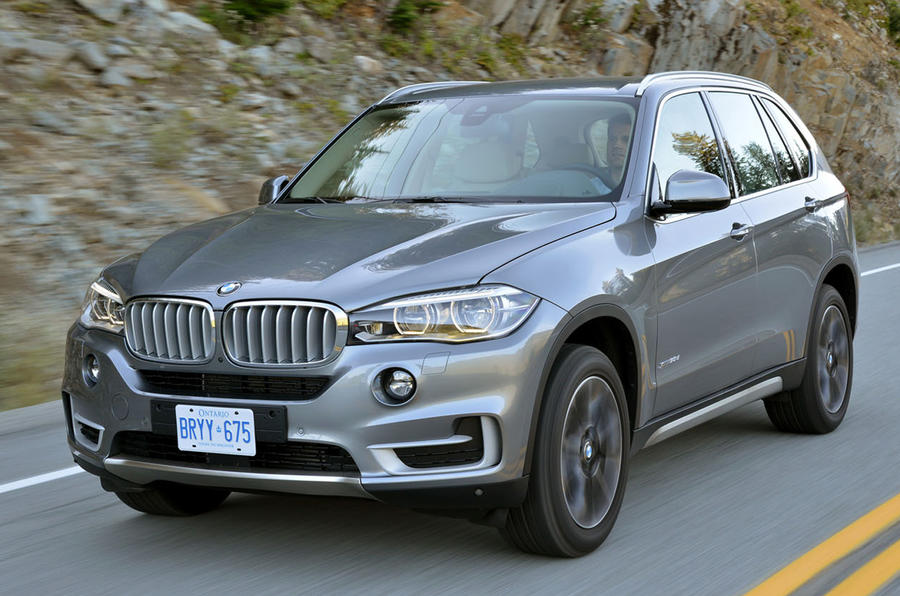What is it?
A frugal new diesel version of the third-generation BMW X5, badged the xDrive25d.
It's among a growing number of premium SUVs to be offered with four-cylinder power in a move that not only endows it with impressively low combined cycle consumption and emissions but also lowers its purchase price and running costs – to a level that is sure to make it an attractive proposition for private buyers.
According to BMW’s official figures, the Mercedes-Benz ML250 BlueTEC rival returns 47.9mpg and emits just 156g/km of CO2. Running BMW’s widely used turbocharged 2.0-litre four-cylinder common rail diesel engine, it offers 215bhp and 332lb ft of torque, channelled through the same eight-speed automatic gearbox found on other X5 models.
BMW's new BMW X5 is to be sold in both standard sDrive rear-wheel drive and optional xDrive four-wheel drive guises – the latter of which is driven here. Prices for the sDrive SE models start at £42,940, rising to £45,245 for the xDrive SE variant.
The question is: can the new four-cylinder diesel provide convincing performance and refinement in an SUV as luxurious as the latest X5 while delivering on the promise of almost 50mpg and emissions of less than 160g/km?
What's it like?
Predictably, the BMW X5 xDrive25d is no rocket ship, but its comparatively small engine manages to accelerate it from standstill and haul it along at typical motorway cruising speeds in a highly respectable manner, thanks in part to a solid slab of low-end torque and some very well chosen gear ratios.
It might not be exciting but the new BMW provides a creditable level of performance that makes it totally acceptable in real-world driving conditions and betters its four-cylinder SUV rivals for pace away from the traffic lights.
This is evidenced by an official 0-62mph time of 8.2sec, which sees X5 xDrive25d outsprint the Mercedes ML250 BlueTEC by 0.8sec to the traditional benchmark – as well as through the gears.
Even more impressive is the X5 xDrive25d’s refinement. With newly developed engine mounts and a good deal of sound deadening material concentrated within the front bulkhead, the four-cylinder engine is better mannered than in many other smaller BMW models, with low levels of on-throttle mechanical chatter and only mild vibration even at higher revs. You can tell it is a diesel, but the noise it makes is well isolated from the cabin.
Dynamically, the new four-cylinder gives little away to its more expensive six- and eight-cylinder siblings on the road. A commanding driving position offering good vision to each corner, firmly weighted but direct response from the electro-mechanical steering and excellent body control with firmly damped qualities combine to make the X5 xDrive25d a genuinely engaging car despite its obvious lack of firepower.
Steel spring suspension is standard, coupled with adaptive dampers that offer the choice between comfort and sport modes. Our test car, however, was fitted with optional air springs – which provide automatic ride height control. As with other BMW X5 models, there is an inherently firm feel to the underpinnings even in Comfort mode. However, an abundance of wheel travel and excellent rebound control ensures even nasty bumps are smoothed out in an effective manner.






















Join the debate
Add your comment
The continuing decline of BMW
....
The Continued Decline of BMW
What?
Superstevie